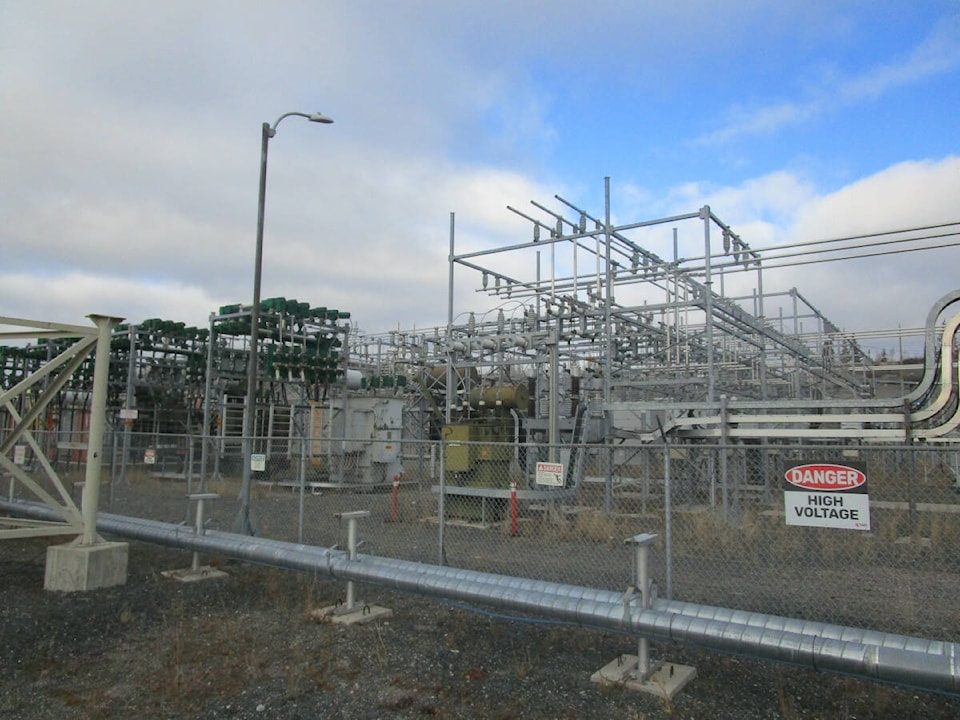The GNWT is spending $15.2 million on the Northwest Territories Power Corporation (NTPC) to alleviate fuel costs accumulated over the last year and a half.
They announced the spending on Friday. They stated that if they had not intervened, the fuel costs would have resulted in increased monthly bills for consumers.
Under normal circumstances, NTPC relies on their hydroelectricity plants at Snare and Bluefish, which supplies Yellowknife, Behchoko and Dettah with electricity, though according to the GNWT, the water levels have been low which meant that the amount of hydroelectricity being generated was reduced and had to rely on diesel generators at the Jackfish Lake power plant to meet the territory’s energy needs.
Doug Prendergast, communications manager for NTPC, said that they have not finalized how much diesel has been consumed since 2022, but their initial estimate to make up for lower water levels was 3.7 million liters of diesel from 2022 to 2023.
He also said that the Taltson overhaul has been underway for about a month, and Hay River, K’atlodeeche First Nation, Fort Smith, Fort Resolution and Enterprise have been predominantly relying upon diesel generators in place of Taltson. He said that they do not have sufficient data about the amount of diesel they have consumed as a consequence but they estimated that the cost of diesel over the six-month period would be $8.9 million. He also noted that Hay River is currently getting its power from Northland Utilities and they are using their own backup diesel generator. He did not know how much fuel they have used thus far.
According to the GNWT, the price of fuel has increased by more than 40 per cent since December 2021.
Finance Minister Caroline Wawzonek stated that the spending was to prevent the budgets of residents from being overburdened.
“As a government, we strive to strike a balance between the territory’s economic reality and the need to provide relief to those most affected by the rising cost of living,” she stated. “We understand that the cost of electricity can put a strain on family budgets, making it harder for many to make ends meet.
“That’s why the GNWT has decided to mitigate increases to the cost of power generation through a one-time contribution that will prevent a sharp increase to electricity bills.”
Diane Archie, the minister responsible for the Northwest Territories Power Corporation stated, “While this contribution will offset electricity costs in the short-term, NTPC is committed to advancing several long-term strategic objectives, including reducing fuel consumption, investing in core assets, and reducing controllable costs through efficiencies and continuous improvement.
“Reducing the gap between average electricity rates in the NWT and the Canadian national average is one of our top priorities.”
NNSL Media asked the Department of Finance where the money they spent came from but they did not respond before press time.
